The teacher relates subject matter to life outside the classroom.
One of the Essential Learning Outcomes of a liberal education, as defined by the American Association of Colleges and Universities, is the ability for students to integrate and apply their learning (AACU). Students learn best when work isn’t “a series of isolated problems” but is relevant and connected (Blad, 2018). Students should be able to “build across the curriculum and co-curriculum, from making simple connections among ideas and experiences to synthesizing and transferring learning to new, complex situations within and beyond the campus” (Integrative Learning VALUE Rubric).
Faculty can intentionally design courses and assignments to help students acquire this competency and relate content to life outside of the classroom. Not only does this help prepare students for their personal and professional futures but will motivate students to engage with your course content as they see direct connections to their lives.
- Get to Know Your Students' Interests and Goals
Getting to know your students’ interests, goals, and expectations can help you design assignments or experiences that help students connect their learning. Something as simple as asking students what they plan to do after they graduate may spark you to bring in a certain guest speaker or utilize a specific case study.
Here are a few ways to collect this information in your course:
- Interest Inventory Index Card (suggestion from Iowa State Center for Excellence in Learning & Teaching). Give each student an index card and choose some of the following items to have them write down. Note: You can also have students complete the Interest Inventory online via Microsoft Forms (Free for you to use!) or you can create an assignment in Blackboard.
- Name according to the Office of the Registrar & what they prefer to be called in class and pronouns
- Why did they sign up for the course?
- What are they looking forward to learning?
- What are their goals after graduation?
- Besides graduating, what is another goal they have for their time in college?
- Fun questions to help to get to know them: Name an imaginary college class you wish YSU (Youngstown State University) offered. What is the best piece of advice you have ever been given? If you had a time machine, would you go back in time or to the future?
- Mission Statement Assignment. Consider making the first assignment in your course a mission or goal statement. You can modify the following prompt to align with your course topic:
- Submit a written description of your personal mission for learning and applying [TOPIC] principles to your work as a student and in your future. You should respond to the following questions in your submission: What do you expect to get out of this course? What strengths and needs do you bring to this course? At the end of this course, what would you have like to accomplish related to [TOPIC]? This paper is expected to be 2-3 pages and submitted via Blackboard.
- Interest Inventory Index Card (suggestion from Iowa State Center for Excellence in Learning & Teaching). Give each student an index card and choose some of the following items to have them write down. Note: You can also have students complete the Interest Inventory online via Microsoft Forms (Free for you to use!) or you can create an assignment in Blackboard.
- Facilitate Authentic Learning Experiences
Real-world problems are typically more complex than a class assignment. One of the goals of creating an authentic learning experience is to replicate some of the “real-world complexity” into the project design. Some strategies for authentic learning include allowing students to make topic/assignment choices, requiring the synthesis of information across a variety of sources, and collaborative work (Hayden Galindo).
Here are three quick ideas for giving your students real-world connections to your content:
- Case Studies: Browse existing case studies and apply for an ITL mini-grant to purchase a case that is relevant to your content.
- Virtual Field Trips: Utilize technology to have students take a virtual field trip, a few examples are below.
- Exploring National Parks via Google Arts & Culture
- Global Cities via 360cities.net
- Art From All Angles via Google Arts & Culture
- Guest Lecturers or Speakers: Invite guest speakers to your class, they can also join virtually. Have students prepare questions in advance.
You can also browse the NILOA (National Institute for Learning Outcomes Assessment) Assignment Library for assignments related to knowledge integration and applied learning:
The K. Patricia Cross Academy also includes a library of short videos describing various instructional strategies. Filter by “Integration and Synthesis” in the Learning Taxonomic Dimension dropdown, and you’ll find 13 different teaching techniques for encouraging knowledge integration.
- Think Outside of the Classroom Walls
A great deal of learning in college happens outside of the college classroom. Encouraging your students to participate in co-curricular experiences and high impact out of classroom experiences will be valuable to their overall collegiate experience.
Here are just a few offerings at YSU that may benefit your students’ out-of-classroom learning:
- Student Organizations
- QUEST (Student Research Conference)
- Study Abroad
- Internships
- On-Campus Employment
You may also want to integrate “out of class” learning directly into your course. Vanderbilt University’s Center for Teaching has an excellent guide for implementing experiential learning, Teaching Outside the Classroom.
